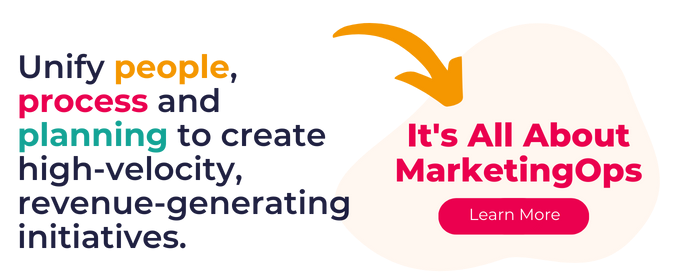TL;DR: Context marketing inserts timing into the equation so your great content marketing reaches the right person at the right time.
Inbound Marketing Problem: You're starting to accumulate the foundational pieces of content marketing (blogs, social media, and SEO), but you're still not seeing the results you want.
Your content is educational but prospects are not moving on to the next phase of the sales process.
To pack the biggest punch for your great content, you need to layer in context marketing.
If you want to incorporate this strategy into your advertising efforts, you need to understand context marketing vs. content marketing and use both to your advantage.
What’s the difference between context and content marketing?
Context marketing is about timing communication so that it’s most relevant. It's providing: 1) the right content; 2) to the right prospect; 3) at just the right moment.
It goes beyond content marketing that just delivers educational or useful information, because it inserts timing into the equation.
Context marketing vs. content marketing also takes into account the specific personality of the customer. Even if you have two of the components nailed down, you could still lose a lead because they’re not the proper audience.
Context marketing is critical to your online marketing strategy, because it enables you to provide a more personalized experience for leads.
Your existing advertising efforts will actually perform more effectively because you’re giving prospects more relevant information that they need now.
To be clear, context marketing doesn't exist without content marketing, but content marketing can't find the right audience without context marketing.
Psst! Need help creating powerful content? Check out our FREE e-book on blogging for businesses!
So, how do you successfully use a context approach that converts business? Here are three examples you can start using today.
Context and Content Marketing Working Together
Online Forms That Remember
The number of visitors that click the “Back” button when they land on a form page is staggering. Yet, you need a lead’s information if you want to provide relevant content at the right time.
Implement smart forms that don’t require your visitors to insert duplicate information, but rather obtain new details that can help you learn more about them.
You'll get a better idea of how to follow up with more targeted and timely content.
Calls to Action That Adjust
Your prospect is interested and loves your product, but may not be ready to buy.
So your call to action needs to fall somewhere in between keeping them engaged but not turning them off.
Current technology can help you develop a smart landing page that self-adjusts to the visitor based upon information that they’ve provided.
You can then respond with a CTA that conforms to their stage in the sales cycle.
Email Subject Lines with Personalization
A subject line should stand out in the inbox not blend in until it's inevitably sent to the trash unread and un-clicked.
When you have information from your contact such as their name, job title, company, or even goal, you can use this information to create a subject line that stands out because it's personalized just for the recipient.
Some examples:
- The [First name] Sale Special
- 13 Articles a [Job Title] Needs to Read Before Getting a Promotion
- [Company Name] + Us = Goals Achieved
You Need Both Context and Content
Context marketing vs. content marketing means getting personal with your leads, so creating effective buyer personas is crucial.
Doing so will help you fit the right content into the three prongs of context marketing: relevant information, the right person, and the proper timing.
As you develop your different personalities, focus on questions that relate to these elements and you’ll be better at getting your prospect’s attention and keeping it.
Layering in strategies, tools and teams is kinda our thing. We be believe a fully integrated initiative will provide the best results, and we'd love to tell you more.





